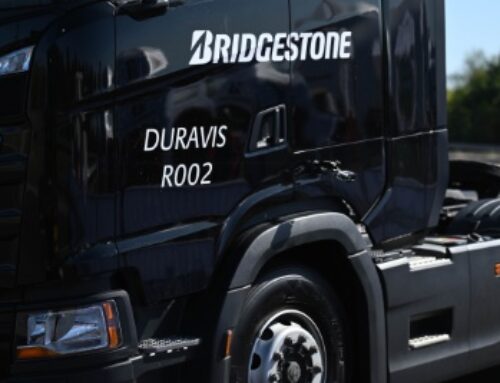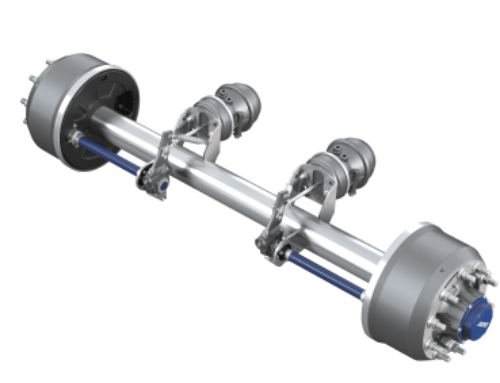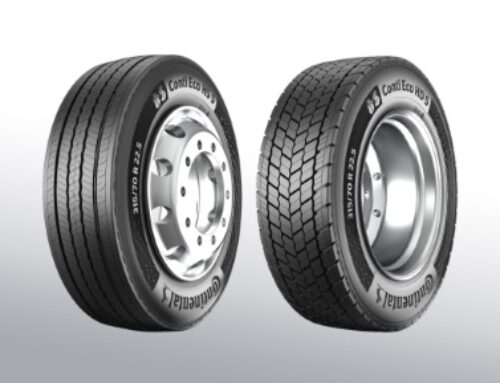Drug testing shouldn’t be that difficult
Paul Yates of Intelligent Fingerprinting highlights the benefits of the company’s fingerprint-based drug testing technology
 While employee drug testing has an important role to play in underpinning an active and effective workplace drug misuse policy for transport operators, testing regimes vary and need to be defined within specific company policies. They can range from pre-employment screens to post-incident investigations – and may also include random screening of all employees, or simply those in safety-critical roles.
While employee drug testing has an important role to play in underpinning an active and effective workplace drug misuse policy for transport operators, testing regimes vary and need to be defined within specific company policies. They can range from pre-employment screens to post-incident investigations – and may also include random screening of all employees, or simply those in safety-critical roles.
Drug screening clearly has a valuable role to play in terms of promoting health and safety within the transport workplace. However, implementing an effective drug testing programme can prove challenging when using traditional point-of-care drug tests that typically involve the collection of urine or saliva samples.
There is also a view that these approaches take up more time, planning and expense than is actually needed to support a company drug policy.
That’s why transport operators need to think carefully about selecting the drug testing approach that best meets their individual requirements. Workplace drug testers will know, for example, that urine or saliva testing can be unhygienic, time-consuming and undignified.
They will also recognise that the longer window of detection offered by urine testing can be less beneficial for fitness for duty testing because drug use several days earlier – at the weekend, for example – may be detected even though the employee is no longer under the influence at work.
 That’s why employers need to use the testing method that’s most appropriate for each specific testing scenario and to their company’s policy.
That’s why employers need to use the testing method that’s most appropriate for each specific testing scenario and to their company’s policy.
For urine-based tests, for example, sample collection is sometimes observed in order to reduce the chance of sample adulteration or substitution. This undignified approach requires gender-specific collection staff and specially prepared collection areas, not only increasing the cost of screening but also limiting an employer’s ability to carry out spontaneous or off-site tests.
And while oral fluid (saliva) testing is simpler and more versatile than urine screening, saliva remains a biohazard and can prove difficult to collect if an individual has a dry mouth – a common side effect of many drugs, both illicit and clinically prescribed.
Urine or saliva tests also present an issue when testers need to dispose of samples once a drug screening test is complete. Handling and disposing of biohazardous body fluids and bulky body fluid collection kits is an unpopular, messy task that adds to the cost of each test and also results in unnecessary environmental waste disposal activities.
Until now, these legitimate practical factors have often frustrated the implementation of screening programmes for transport operators. Given this, it is perhaps easy to see why many workplaces find drug screening difficult.
Getting the right balance can be difficult; indeed, the TUC in its 2019 ‘Drug Testing in the Workplace’ guidance, stresses the need for employers to negotiate “a comprehensive drugs and alcohol policy that addresses these issues in a fair, open and non-judgemental way”.
A new and convenient way to screen for workplace drug misuse is to collect and analyse fingerprint sweat. In common with body fluids such as urine and saliva, the sweat of a drug user contains tell-tale drugs or drug metabolites which have been excreted by the body.
These substances are detectable in minute amounts of sweat, even in the traces of sweat from a person’s fingerprint.
 The Intelligent Fingerprinting Drug Screening System is quick, easy-to-use and non-invasive, providing a hygienic and dignified means of supporting a wide range of workplace drug testing scenarios – from pre-employment screens and random drug tests to post-accident investigations.
The Intelligent Fingerprinting Drug Screening System is quick, easy-to-use and non-invasive, providing a hygienic and dignified means of supporting a wide range of workplace drug testing scenarios – from pre-employment screens and random drug tests to post-accident investigations.
Customer case studies confirm that the fingerprint sweat approach is particularly applicable for drug testing for transport operators, as its shorter window of detection can deliver ‘fit for duty’ intelligence about whether there has been employee drug use in the period immediately prior to their working shift.
This approach directly supports the TUC’s guidance requirements, helping employers to not only meet their health and safety at work obligations but also support their ongoing duty of care towards their employees. And, if the initial screening test is positive, the result can be verified by a UKAS accredited laboratory using a fingerprint-based confirmation test service.
In contrast, urine-based tests offer a longer window of detection of potentially several days. This means an employee could screen positive via a urine test, and possibly be suspended from work as a result of drug use a few days earlier, despite being fit for duty at the time of the test.
The fact that fingerprint-based drug testing not only addresses the challenge of telling an employer what they want to know, but also does this in the least intrusive and most dignified way, makes it an optimal drug test method for workplace drug testing.











